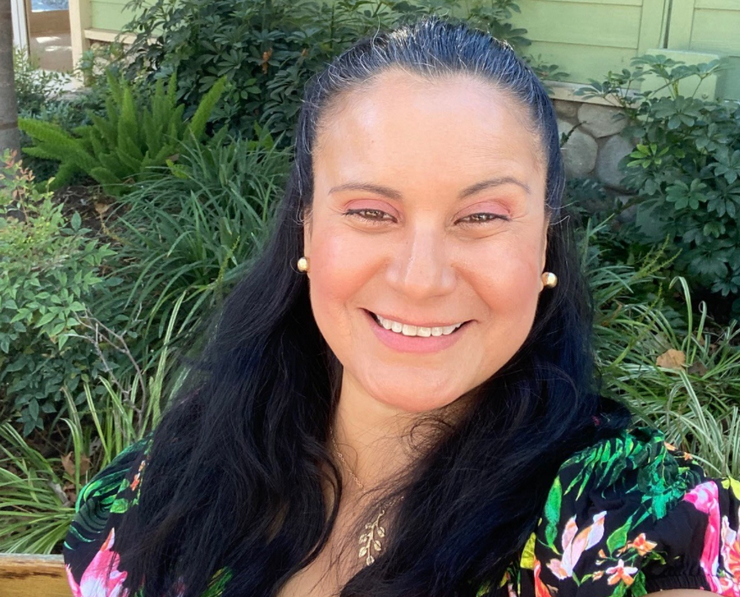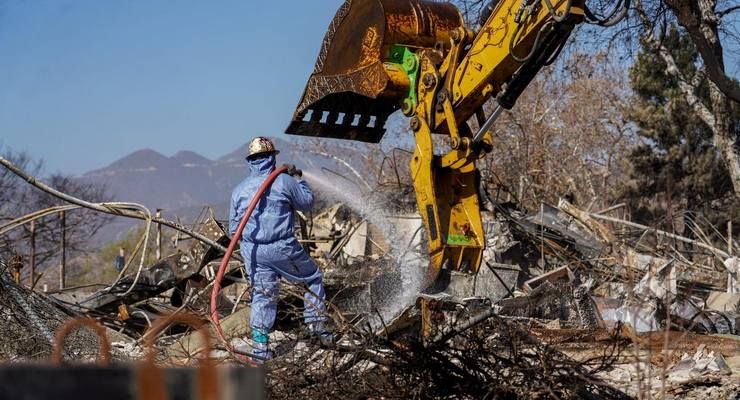
John Muir High School Science Teacher Susana Oliu has long been an advocate for science, technology, engineering and math education, or STEM. But with recognition under the Society for Science & the Public’s Advocate Program, the title is official.
Oliu, who teaches science to students with mild-to-moderate disabilities in the Pasadena Unified School District since 2008.
She had been named one of 66 advocates under the SSP’s 2020-2021 “Advocate Program,” which seeks to increase the participation of underserved students in science competitions, according to the organization.
The program provides $3,000 stipends and year-round training to teachers as they mentor three to five students through the process of competing in science contests.
“Independent science research is a wonderful opportunity for students to learn the true nature of science and experience the thrill of discovery,” the SSP said in a written statement. “By entering their work into science research competitions, students gain additional skills such as learning how to write a scientific journal article and how to present their work to peers, scientists and the public.”
“Many of these competitions provide monetary awards for post-secondary education and can boost a student’s chance of acceptance into the college or university of their choice,” the statement added. “In many cases, students have the opportunity to meet others that share their enthusiasm for science, and those connections carry over into their college and scientific careers. Too few underrepresented students are presented with these opportunities and the know-how to successfully enter.”
Oliu said she was thrilled to have the opportunity to mentor students through the competition process.
“It means that bit by bit, we will be graduating our high school students and increasing the rate of underrepresented students in STEM careers… a divide that needs to close nationwide,” she said.
Students representing minority and lower-income backgrounds are often absent from the finalist groups at science competitions, Oliu said. “In order to change this, the Society created the Advocate Program to provide mentors to encourage underserved students to enter their projects in science research competitions.”
The program represents “one way to combat the huge achievement and STEM career gap that plagues our under-represented students in our Muir community. And I am hoping that this disparity continues to close as our Muir community continues to grow, collaborate and look into a brighter future for our entire school,” she said.
Oliu said she attends monthly meetings with fellow Advocate Program members across the nation to “brainstorm and support each other and figure out ways to expand and integrate a high school research program into our high schools.”
The learning students can obtain through the process is invaluable, Oliu said.
“By entering their work into science research competitions, students gain additional skills such as learning how to write a scientific journal article and how to present their work to peers, scientists and the public,” she said. “Just completing the rigorous application process can inspire confidence in their scientific abilities and lead them to consider a STEM career.”
Two students were working on a neurobiology project alongside a Caltech neuroscientist, while another is studying water quality with help from a Cal State, Fullerton professor and another is working with a NASA scientist to develop a model on the viscosity of sickle cell anemia, Oliu said.
Growing up in a poor neighborhood in Los Angeles, then living through the 1992 Watts Riots, Oliu said she became determined to improve her life through education.
“It was a tough time, and all I wanted to do was graduate from high school, graduate college and help kids in situations like mine,” she said. “I pursued an undergraduate degree in biology at San Francisco State with aspirations of becoming a pediatrician. However, I soon discovered that the major I had chosen was very difficult for me since I had not had any real exposure to science in my high school experience.”
Now, she hopes to make sure her own students are better prepared to enter STEM-related fields.
“My students at Muir make me feel that I belong and that I am in the right place helping them,” Oliu said. “Nothing could make me feel happier every day than when I work with my students in the classroom setting, and in assisting their parents navigate the intricacies of special education.”
“Science research had always been something I wanted to teach kids, but I had not had the opportunity to learn it myself previously,” she added. “The SSP has pushed me to learn the scientific research process, and to them I want to say, ‘Thank you so very much.’”
More information on the Society for Science & the Public is available on the organization’s website at societyforscience.org.














 0 comments
0 comments


